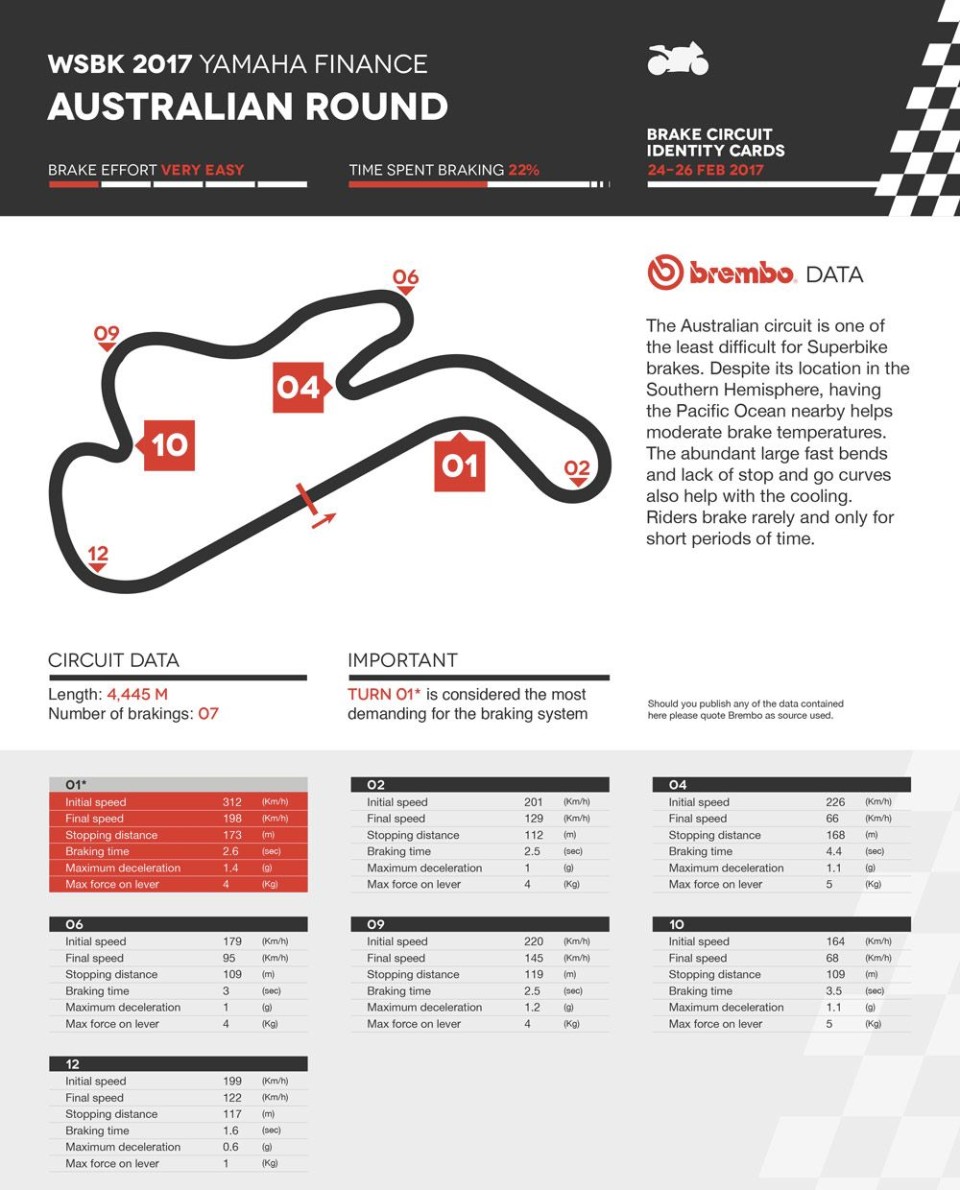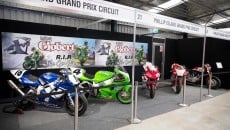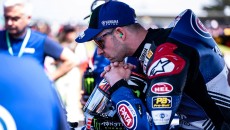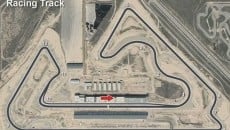After the long winter break, the Superbike World Championship kicks off from the legendary Phillip Island Grand Prix Circuit. From 24 to 26 February, the Australian track will host the 1st round of the season. Opened in December 1956, the track has hosted World Superbike races since 1990. With 51 races, it is the most used circuit of the World Superbike and the only one in the southern hemisphere.
The decision to race in February, during the height of summer, ensures riders temperatures well above those of the MotoGP. In 2015 the races were contested with 30 and 31 degrees (air temperature) and last year with 22 degrees. Naturally, the asphalt temperature was much higher: in the last two years it has never dropped below 36 C degrees, reaching peaks of 42 C degrees.
According to Brembo engineers who work closely with 17 of the World Superbike riders, the Phillip Island Grand Prix Circuit is by far the least demanding circuit for the brakes. On a scale of 1 to 5, it earned 1 on the difficulty index, matched only by the Assen track.
Brake Use During the GP - The 4.445 meters-track wind around 12 bends, half of which are positioned along the section that grazes the cold waters of the Pacific Ocean. The riders make use of the brakes 7 times each lap, a number that also calls into play the Chang International Circuit and Donington Park Circuit. In Australia, however, the total braking time is 20 seconds per lap, in comparison to the 25 seconds of the English track and 26 seconds of the Thai track.
From the starting lights at the chequered flag, the brakes are used to just under 7 and a half minutes, thus avoiding the risk of undesired overheating. Average deceleration is also particularly low: only 1.06 g. Adding up all the forces exerted by a driver on the brake lever from start to chequered crossing flag gives a value of about 6 tons, equivalent to the weight of about 51 male koalas.
The Most Challenging Stops - Of the 7 braking sections on the Phillip Island Grand Prix Circuit, none are considered very difficult on the brakes. However, six are rated medium and one is light.
The first curve is the most demanding for the braking system, despite the use of brakes being contained to only 2.6 seconds. But the bikes get there after touching the peak of the World Superbike maximum speed at 312 km/h. To get down to 198 km/h, the bikes need a braking distance of 173 meters, that is ten meters less than the length of the Sydney Opera House.
Braking in curve 4 is slightly less demanding because the bikes lose two-thirds of their speed: from 226 km/h to 66 km/h. Braking lasts for 4.4 seconds because the deceleration is less intense (only 1.1 grams) even if the load on the lever is 5 kg and lasts for 168 meters.
Five kg of load on the lever are also needed for braking in curve 10: the starting speed is lower, however, only 164 km/h, and this explains the "mere" 109 meters and 3.5 seconds of braking.
Brembo Performance - In 2016, bikes fitted with Brembo brakes earned the pole position and won at both races disputed at Phillip Island. In Race 1, on Saturday, 7 of the top 8 motorcycles at the finish line had Brembo brakes while in Race 2 Brembo has secured nine of the first 11 positions. In 6 championships riders who used Brembo brakes have claimed two victories at Phillip Island and have won the World Championship: Neil Hodgson in 2003, Troy Corser in 2005, Troy Bayliss in 2006 and 2008, Carlos Checa in 2011 and Jonathan Rea in 2016.
SBK, Phillip Island is the least demanding circuit for the brakes
The riders make use of the brakes 7 times each lap: the total braking time is 20 seconds per lap









